| Abstract | Recently, membrane-based dehumidification systems have been suggested as next generation dehumidification systems for energy-efficient buildings. This study is purpose to experimentally investigate the water vapor transfer performance in a flat-sheet membrane module which is used for building moisture treatment (e.g., liquid desiccant dehumidification system, energy recovery ventilator). A membrane module consisting of polytetrafluoroethylene (PTFE) sheet with 0.16 m2 of surface area was fabricated. And then, the characteristics of water vapor transfer in the flat-sheet membrane module were experimentally examined under various operating conditions of working fluids (i.e., fluid temperature, partial water vapor pressure, and flow rate) which flowing to the feed and permeate side of the membrane sheet, respectively. In general, the water vapor transfer resistance in the membrane module considers three regions: membrane layer, boundary layers of the feed and permeate sides. In this study, the water vapor transfer resistance of membrane was then obtained by subtracting the resistances on boundary layers from the overall resistance. The overall moisture transfer resistance was determined based on the dehumidification rate measured in the experiments. The moisture transfer resistance on the boundary layers were estimated using the prediction correlation of Sherwood number. From the test data, it was observed that the permeance of the selected membrane ranged
from 2,179 to 2,729 gas permeation unit (GPU) accordance with the operating conditions of the feed and permeate fluids. |
|---|
